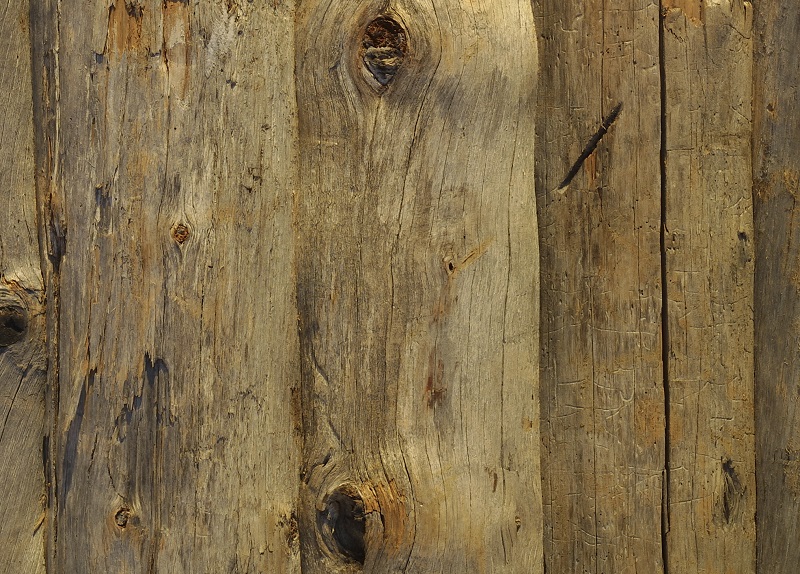Natural materials

|
The term ‘natural materials’ refers to those substances that are found in nature and which can either be used directly for some particular building function or require human intervention (e.g processing) to make them usable.
How much processing will depend on the material in question; some materials require more processing than others. For example, wood (or ‘timber’) can be used to build with very little human intervention – a tree can be cut relatively easily into smaller components that can be used to construct a building. Conversely, clay is also a natural material but requires more labour to turn it into bricks in a process that typically includes winning, shaping, firing and drying.
Typical materials regarded as ‘natural’ and used in construction include:
- Wood
- Clay
- Stone (including marble, slate etc)
- Lime (for mortar)
- Wool (carpets)
- Straw (insulation)
- Coir (for mats)
Some of these materials have good aesthetic qualities (including variability which results in myriad colour and texture variations) and an association with nature that can promote wellbeing - see Biophilia for more information.
It should be noted that ‘natural material’ is a conceit that has resulted from wilful and romanticised interpretations as there are some materials which occur abundantly in nature and are used in construction but are not regarded as ‘natural’. This includes:
- Iron (building structures)
- Diamond (diamond saws and other cutting tools)
- Aluminium (doors, window frames etc).
- Sand (glass, concrete etc.)
The reasons for this may be because these materials are:
- Inorganic
- Require so much processing that the finished product does not resemble the natural occurrence.
- Have few, if any aesthetic qualities.
- Often have a machined, industrial appearance.
[edit] Related articles on Designing Buildings Wiki
- Biomaterial.
- Birch wood.
- Carpentry.
- Cedar.
- Chip carving.
- Choosing stone.
- Clay
- Engineered bamboo.
- Glulam.
- Hardwood.
- Kentish ragstone.
- Lime wood.
- Masonry.
- Modern Stonemasonry.
- Modified wood.
- Mortar
- Natural stone cladding.
- Natural stone for Interiors.
- Natural stone.
- Physical Properties of Wood.
- Roof slates.
- Softwood.
- Terracotta
- The differences between hardwood and softwood.
- Timber preservation.
- Timber vs wood.
- Timber.
- Types of timber.
Featured articles and news
RTPI leader to become new CIOB Chief Executive Officer
Dr Victoria Hills MRTPI, FICE to take over after Caroline Gumble’s departure.
Social and affordable housing, a long term plan for delivery
The “Delivering a Decade of Renewal for Social and Affordable Housing” strategy sets out future path.
A change to adoptive architecture
Effects of global weather warming on architectural detailing, material choice and human interaction.
The proposed publicly owned and backed subsidiary of Homes England, to facilitate new homes.
How big is the problem and what can we do to mitigate the effects?
Overheating guidance and tools for building designers
A number of cool guides to help with the heat.
The UK's Modern Industrial Strategy: A 10 year plan
Previous consultation criticism, current key elements and general support with some persisting reservations.
Building Safety Regulator reforms
New roles, new staff and a new fast track service pave the way for a single construction regulator.
Architectural Technologist CPDs and Communications
CIAT CPD… and how you can do it!
Cooling centres and cool spaces
Managing extreme heat in cities by directing the public to places for heat stress relief and water sources.
Winter gardens: A brief history and warm variations
Extending the season with glass in different forms and terms.
Restoring Great Yarmouth's Winter Gardens
Transforming one of the least sustainable constructions imaginable.
Construction Skills Mission Board launch sector drive
Newly formed government and industry collaboration set strategy for recruiting an additional 100,000 construction workers a year.
New Architects Code comes into effect in September 2025
ARB Architects Code of Conduct and Practice available with ongoing consultation regarding guidance.
Welsh Skills Body (Medr) launches ambitious plan
The new skills body brings together funding and regulation of tertiary education and research for the devolved nation.
Paul Gandy FCIOB announced as next CIOB President
Former Tilbury Douglas CEO takes helm.
UK Infrastructure: A 10 Year Strategy. In brief with reactions
With the National Infrastructure and Service Transformation Authority (NISTA).






















